Forex trading is a popular form of investment that allows individuals and businesses to trade currencies in the foreign exchange market. As with any investment, it's important to consider the risk and potential rewards associated with forex trading. One key concept that traders must understand is the risk to reward ratio, which plays a crucial role in managing their trading strategies effectively. In this article, we will delve into the intricacies of the risk to reward ratio and explore its significance in forex trading.
1. Introduction: What is the Risk to Reward Ratio?
The risk to reward ratio is a fundamental concept in forex trading that helps traders assess the potential profit against the potential loss of a trade. It represents the relationship between the risk taken on a trade and the potential reward that can be gained from it. A favorable risk to reward ratio ensures that the potential reward is greater than the risk involved, providing traders with a strategic advantage in the markets.
2. How to Calculate the Risk to Reward Ratio
To calculate the risk to reward ratio, traders need to determine the amount they are willing to risk on a trade and the potential profit they expect to make. The ratio is calculated by dividing the potential profit by the amount at risk. For example, if a trader is willing to risk $100 on a trade and expects a potential profit of $300, the risk to reward ratio would be 1:3.
3. The Importance of Risk to Reward Ratio in Forex Trading
Understanding and applying the risk to reward ratio is crucial in forex trading for several reasons. Firstly, it helps traders identify trades that offer a favorable risk to reward profile, allowing them to maximize their profit potential while minimizing their exposure to losses. By adhering to a positive risk to reward ratio, traders can increase their chances of long-term profitability in the forex market.
4. Finding the Optimal Risk to Reward Ratio
Finding the optimal risk to reward ratio depends on a trader's individual trading style, risk tolerance, and market conditions. While there is no universally perfect ratio, experienced traders often aim for a risk to reward ratio of at least 1:2 or higher. This means that for every unit of risk, they expect to make at least twice the potential profit. However, traders must find a ratio that aligns with their trading strategies and goals.
5. Risk Management Strategies in Forex Trading
Effective risk management is essential for successful forex trading, and the risk to reward ratio plays a vital role in developing sound risk management strategies. Traders should establish predetermined stop-loss levels and profit targets based on the risk to reward ratio of their trades. This approach helps control losses and protects capital, ensuring that losses are limited while potential gains are maximized.
6. Implementing the Risk to Reward Ratio in Trading Decisions
When making trading decisions, traders should consider the risk to reward ratio alongside other technical and fundamental analysis tools. By incorporating the risk to reward ratio into their decision-making process, traders can evaluate whether a trade is worth pursuing based on its potential profitability relative to the risk involved. This systematic approach helps traders maintain discipline and avoid impulsive or emotionally driven trades.
7. The Relationship between Risk to Reward Ratio and Win Rate
The risk to reward ratio is closely related to the win rate of trades. While a high win rate can be desirable, it doesn't guarantee profitability if the risk to reward ratio is unfavorable. Even with a lower win rate, a positive risk to reward ratio can still lead to overall profitability. Traders should focus on achieving a balance between win rate and risk to reward ratio to optimize their trading strategies.
8. Analyzing the Risk to Reward Ratio in Different Trading Styles
Different trading styles, such as day trading, swing trading, or position trading, may require varying risk to reward ratios. Short-term traders often seek higher risk to reward ratios to compensate for the increased volatility and shorter timeframes, while long-term traders may opt for lower ratios. It's crucial for traders to align their risk to reward ratio with their chosen trading style and adapt it to suit different market conditions.
9. Case Studies: Applying the Risk to Reward Ratio in Real Trades
Examining real-life case studies can provide valuable insights into the practical application of the risk to reward ratio. By analyzing historical trades and their risk to reward ratios, traders can learn from both successful and unsuccessful examples, understand the impact of different ratios on profitability, and refine their own trading strategies accordingly.
10. Common Mistakes to Avoid in Risk to Reward Ratio Analysis
While the risk to reward ratio is a valuable tool, traders should be aware of common mistakes that can undermine its effectiveness. Some pitfalls to avoid include neglecting to consider transaction costs, failing to adjust ratios for trade management techniques like trailing stops, and relying solely on the risk to reward ratio without considering other important factors. A comprehensive and holistic approach is essential for accurate risk to reward ratio analysis.
11. Tools and Indicators for Assessing Risk to Reward Ratio
Traders can leverage various tools and indicators to assist them in assessing the risk to reward ratio of their trades. These include charting platforms, trade calculators, and risk management software that provide insights into potential profits, stop-loss levels, and risk percentages. Utilizing these tools can streamline the analysis process and help traders make informed decisions based on accurate risk to reward assessments.
12. The Psychological Aspect of Risk to Reward Ratio
Trading psychology plays a significant role in forex trading success, and the risk to reward ratio can influence a trader's mindset. A positive risk to reward ratio can instill confidence and discipline, enabling traders to stick to their trading plans and avoid impulsive decisions driven by fear or greed. It's important for traders to develop a robust psychological framework and cultivate patience and emotional control when considering risk to reward ratios.
13. Backtesting and Optimizing Trading Strategies Using Risk to Reward Ratio
Backtesting is a valuable practice for evaluating the effectiveness of trading strategies, and the risk to reward ratio is an essential component of this process. By analyzing historical data and applying different risk to reward ratios, traders can assess the performance of their strategies over time and identify potential areas for improvement. This iterative approach helps refine trading strategies and adapt them to changing market conditions.
14. The Future of Risk to Reward Ratio in Forex Trading
As technology advances and trading algorithms become more sophisticated, the future of risk to reward ratio analysis in forex trading looks promising. Automated systems can assist traders in assessing risk to reward ratios more efficiently and provide real-time insights into potential trades. Additionally, machine learning and artificial intelligence may contribute to further advancements in risk management strategies and enhance decision-making processes.
15. Conclusion
The risk to reward ratio is a crucial concept that forex traders must understand to make informed and profitable trading decisions. By calculating and analyzing the risk to reward ratio, traders can effectively manage risk, protect their capital, and increase their chances of long-term success. Remember, a positive risk to reward ratio is not a guarantee of profitability on every trade, but it provides a strategic framework for achieving consistent results in the dynamic world of forex trading.
1. Is forex trading risky?
Yes, forex trading carries inherent risks due to the volatile nature of currency markets. Traders must carefully manage their risk and make informed decisions to mitigate potential losses.
2. How can I improve my risk to reward ratio?
Improving your risk to reward ratio involves finding a balance between potential profit and acceptable risk. This can be achieved through thorough analysis, proper risk management techniques, and disciplined trading strategies.
3. Can the risk to reward ratio be applied to other markets?
Yes, the risk to reward ratio is a versatile concept that can be applied to various financial markets, including stocks, commodities, and futures.
4. Should I always aim for a high risk to reward ratio?
The optimal risk to reward ratio may vary depending on individual trading styles and market conditions. While higher ratios can potentially yield larger profits, they may also require greater risk tolerance and shorter timeframes.
5. How important is risk management in forex trading?
Risk management is paramount in forex trading as it helps protect capital, minimize losses, and ensure long-term profitability. Implementing sound risk management strategies, including the risk to reward ratio, is vital for successful trading.
Summary
Forex trading is one of the most lucrative ways to invest in the financial markets. However, it is also one of the riskiest. The key to successful forex trading is managing the risk-to-reward ratio. This article will provide you with an understanding of what a risk-to-reward ratio is, how to calculate it, and how you can use it to your advantage when trading forex.
By taking the time to understand this ratio and applying it effectively, you can maximize your profits while minimizing your losses and ultimately become a successful forex trader. The risk to reward ratio is a measure of how much potential profit a trader can make from a given trade relative to the amount of risk they take on. It is expressed as a ratio between the potential reward and the potential risk. For example, if a trader were to buy a currency pair at 1.3000, with a stop-loss order placed at 1.2950 and a take-profit order placed at 1.3050, their risk to reward ratio would be 1:1 (1/1). This means that for every dollar they risked, they could potentially make one dollar in profit. It's important to understand the risk to reward ratio because it helps traders understand how much potential profit they could make from a given trade.
By having an understanding of this ratio, traders can adjust their trading strategies accordingly and adjust the amount of risk they're willing to take on any given trade. Additionally, traders can use this information to help them determine which trades are more likely to be successful and which ones might not be worth taking on. The risk to reward ratio is also important because it helps traders manage their risk more effectively. By understanding their risk to reward ratio, traders can better manage their risk exposure and adjust their strategies accordingly. For example, if a trader has a high risk to reward ratio (e.g., 1:3 or higher), they can adjust their position size or adjust their stop-loss and take-profit orders accordingly. Finally, understanding the risk to reward ratio can also help traders better understand their trading edge.
By understanding the underlying dynamics of the market and how much potential profit could be made from a given trade, traders can better determine if they have an edge in the market or not. If the risk to reward ratio is too low or too high, then this could suggest that there is not enough potential profit to justify taking on the additional risk.
Calculating the Risk to Reward Ratio
The risk to reward ratio is an important concept in Forex trading, as it helps traders understand how much potential profit they could make on a given trade. By understanding this ratio, traders can make informed decisions about how much risk they should take on a particular trade, as well as how much reward they should expect. The risk to reward ratio is calculated by dividing the potential reward by the potential risk. For example, if a trader were to buy a currency pair at 1.3000 with a stop-loss order placed at 1.2950 and a take-profit order placed at 1.3050, their risk to reward ratio would be 1:1 (1/1).This means that for every dollar they risked, they could potentially make one dollar in profit. It's important to note that the risk to reward ratio is not necessarily a measure of profitability; rather, it is simply a way of measuring how much risk is associated with a particular trade. The higher the risk to reward ratio, the more risk the trader is taking on and the higher the potential reward they could earn.
Using the Risk to Reward Ratio in Your Trading Strategies
When using the risk to reward ratio in your trading strategies, it's important to keep in mind that it isn't necessarily an indication of success or failure. Instead, it's more useful as a tool for understanding and managing your risk exposure. By understanding your risk to reward ratio, you can adjust your position size or stop-loss and take-profit orders accordingly.Calculating the risk to reward ratio is relatively simple; the formula is the potential reward divided by the potential loss. For example, if you set a stop-loss order at 1.00 and a take-profit order at 1.20, your risk to reward ratio would be 1.20/1.00 = 1.2.This means that for every dollar risked, you have the potential to make $1.20 in profit. When trading with a risk to reward ratio, it's important to consider the size of your position as well as the amount of risk you're willing to take on. If you're willing to risk more money than the potential reward, then the risk to reward ratio could be unfavorable.
On the other hand, if you're willing to risk less money than the potential reward, then the risk to reward ratio could be favorable. It's also important to note that the risk to reward ratio isn't a surefire way of predicting success or failure. Instead, it should be used as a tool to help you manage your risk exposure and make informed decisions about when and how much to trade. By understanding your risk to reward ratio and adjusting your position size accordingly, you can reduce your overall risk exposure and potentially increase your chances of success. By understanding the risk to reward ratio, traders can make better informed decisions on how much potential profit they can expect from a trade, as well as how much risk they should take.
Additionally, it can also help traders better understand their trading edge and determine if they have an edge in the market or not. It is important for Forex traders to consider the risk to reward ratio in their trading strategies, as it can help them manage their risk exposure and maximize their potential profits.
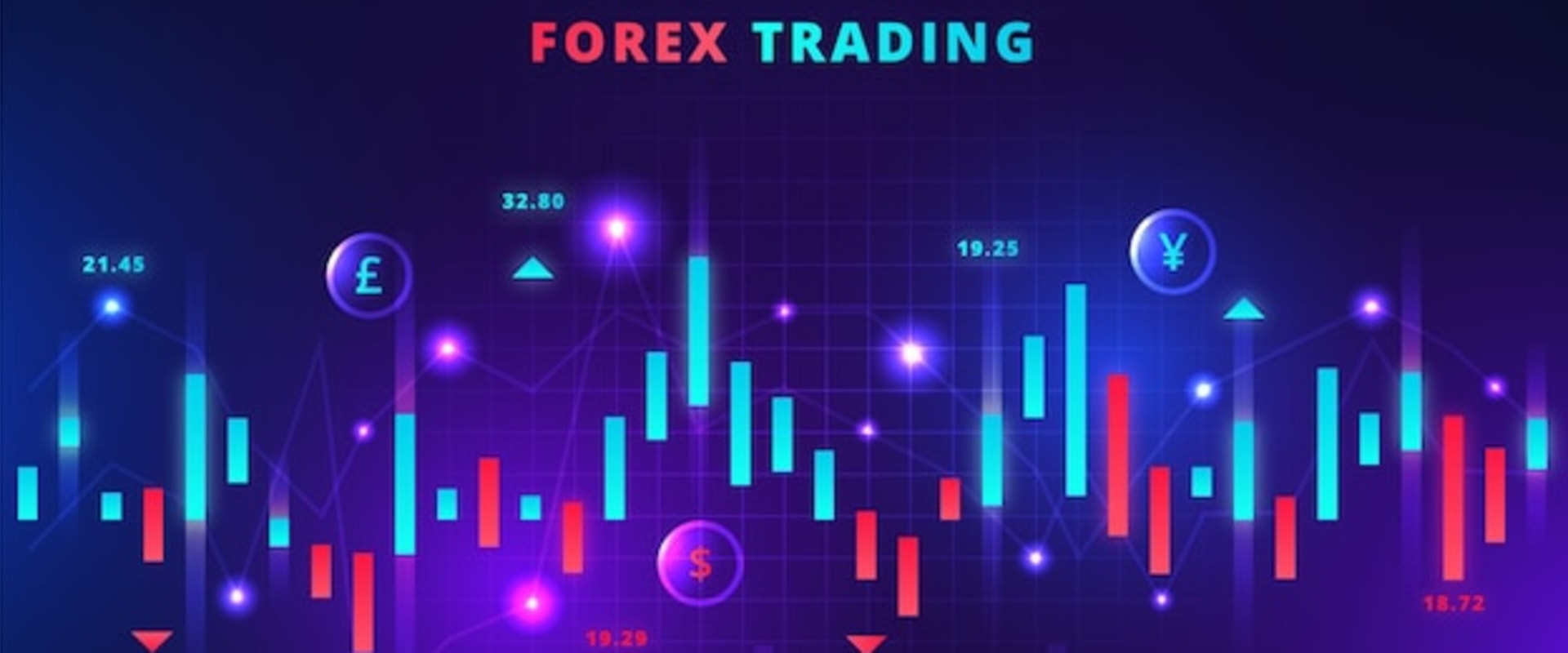
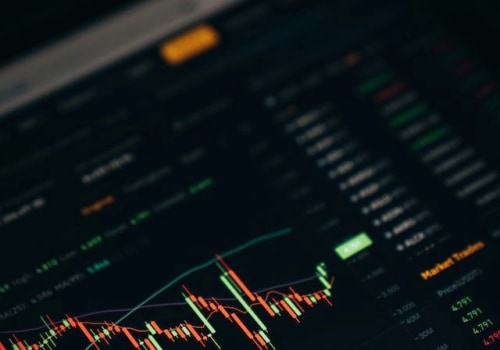
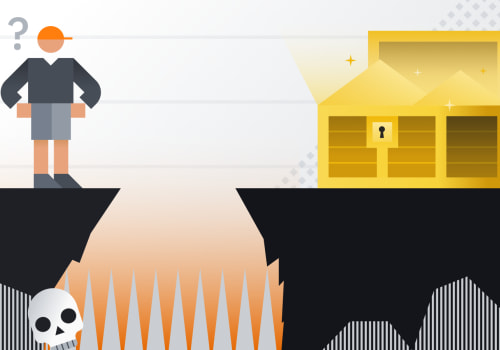
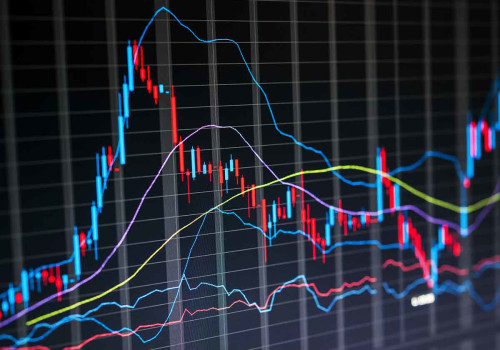
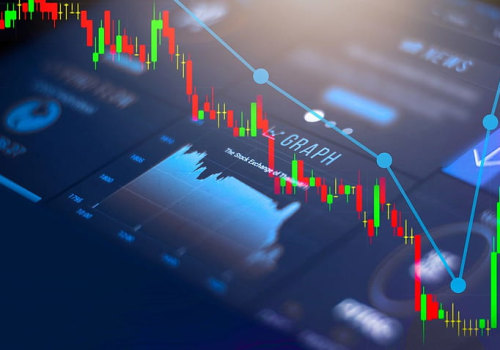


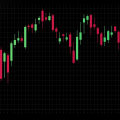
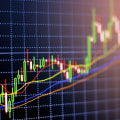



Leave Reply